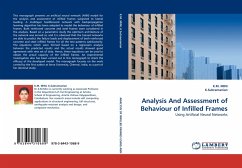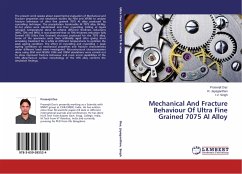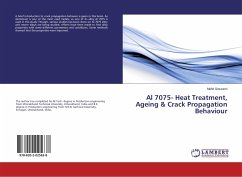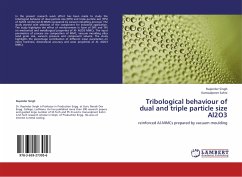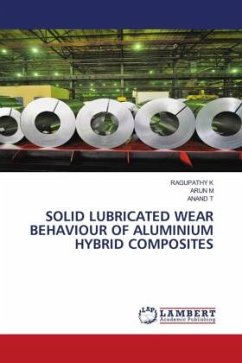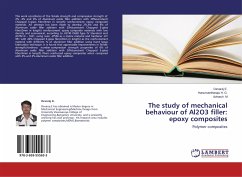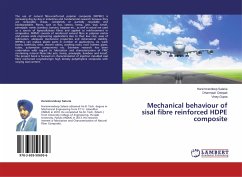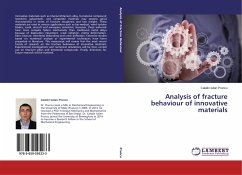
Analysis of fracture behaviour of innovative materials
Versandkostenfrei!
Versandfertig in 6-10 Tagen
36,99 €
inkl. MwSt.

PAYBACK Punkte
18 °P sammeln!
Innovative materials such as titanium/titanium alloy, bi-material compound (steel/zinc galvanized), and composite materials may possess good characteristics in terms of fracture toughness and low weight. These materials are used in various applications such as bio-medical, wind turbine blades, naval, aircraft and aerospace industries. However, these materials have more complex failure mechanisms than traditional metal alloys because of dislocation movement, crack initiation, matrix deformation, fibre fracture, interfacial debonding and crack deflection. Extensive studies based on numerical ana...
Innovative materials such as titanium/titanium alloy, bi-material compound (steel/zinc galvanized), and composite materials may possess good characteristics in terms of fracture toughness and low weight. These materials are used in various applications such as bio-medical, wind turbine blades, naval, aircraft and aerospace industries. However, these materials have more complex failure mechanisms than traditional metal alloys because of dislocation movement, crack initiation, matrix deformation, fibre fracture, interfacial debonding and crack deflection. Extensive studies based on numerical analysis or experimental techniques have been presented in literature. This manuscript will review first the most recent trends of research on the fracture behaviour of innovative materials. Experimental investigations and numerical simulations will be then carried out on titanium alloys and bimaterial compounds. Finally, directions for future research will be outlined.



